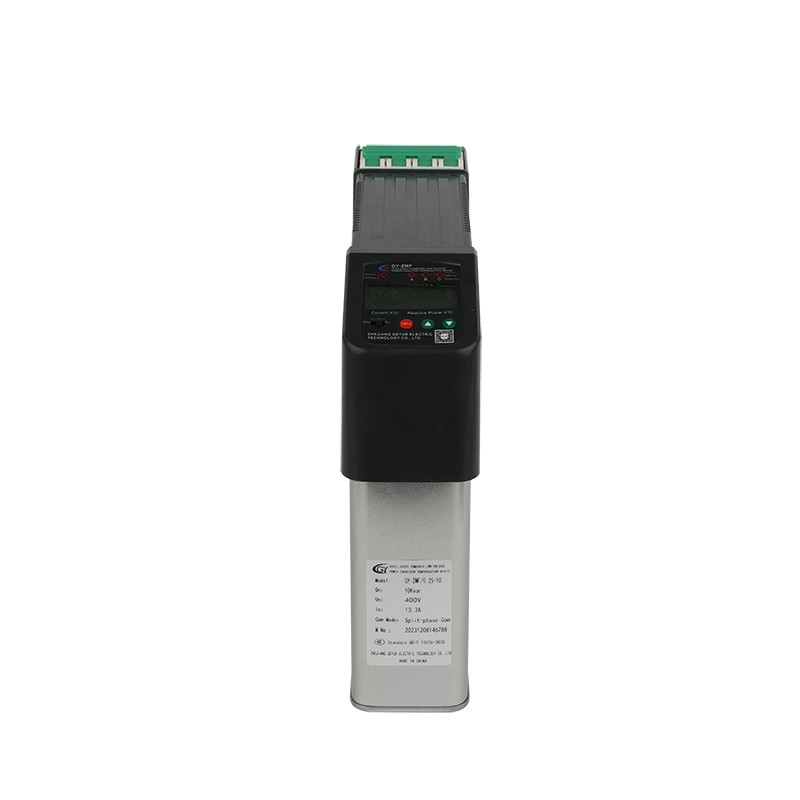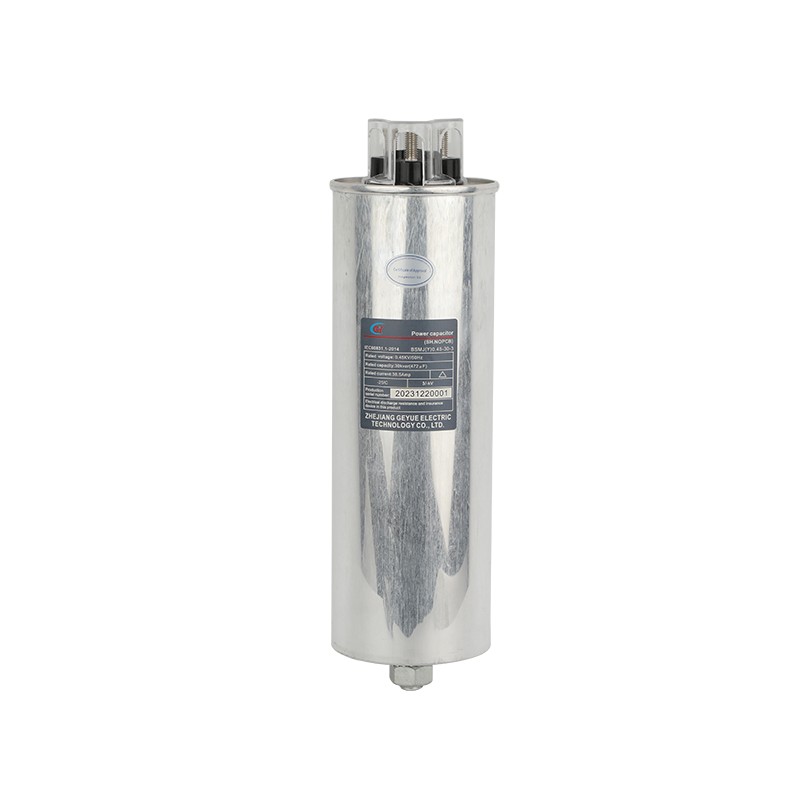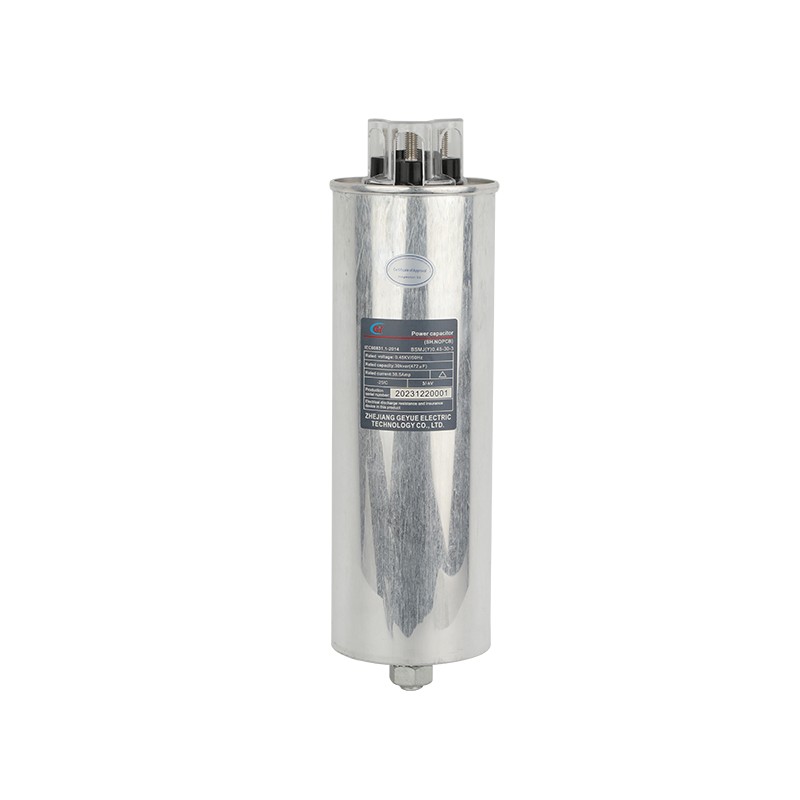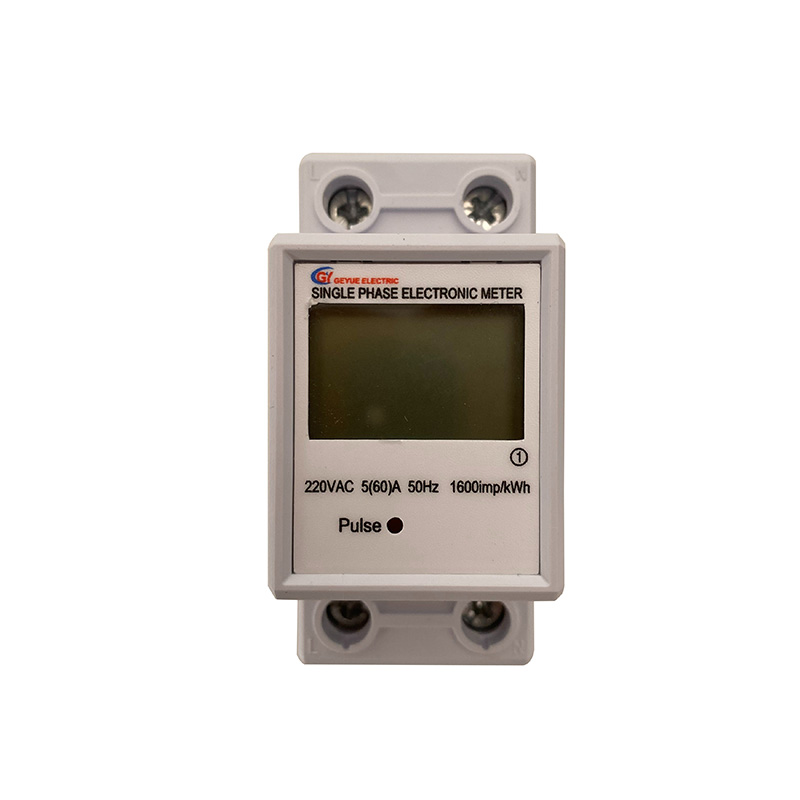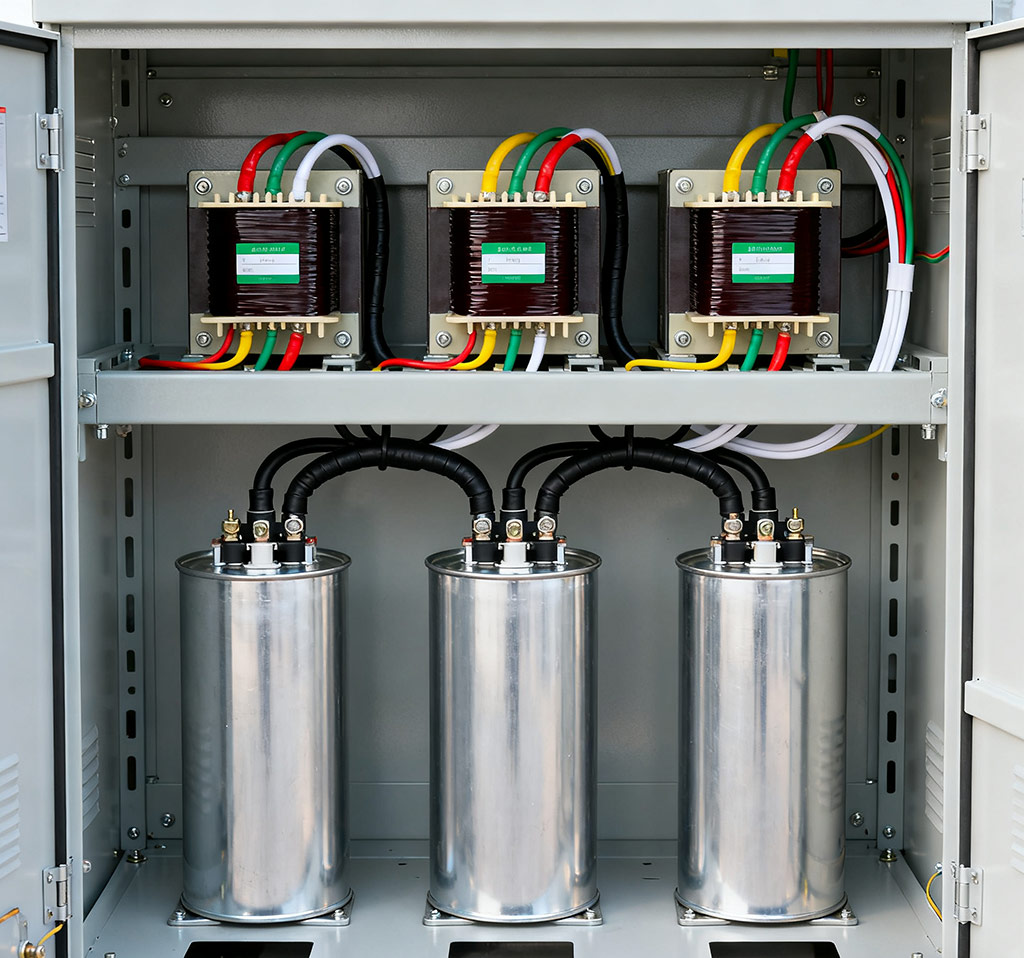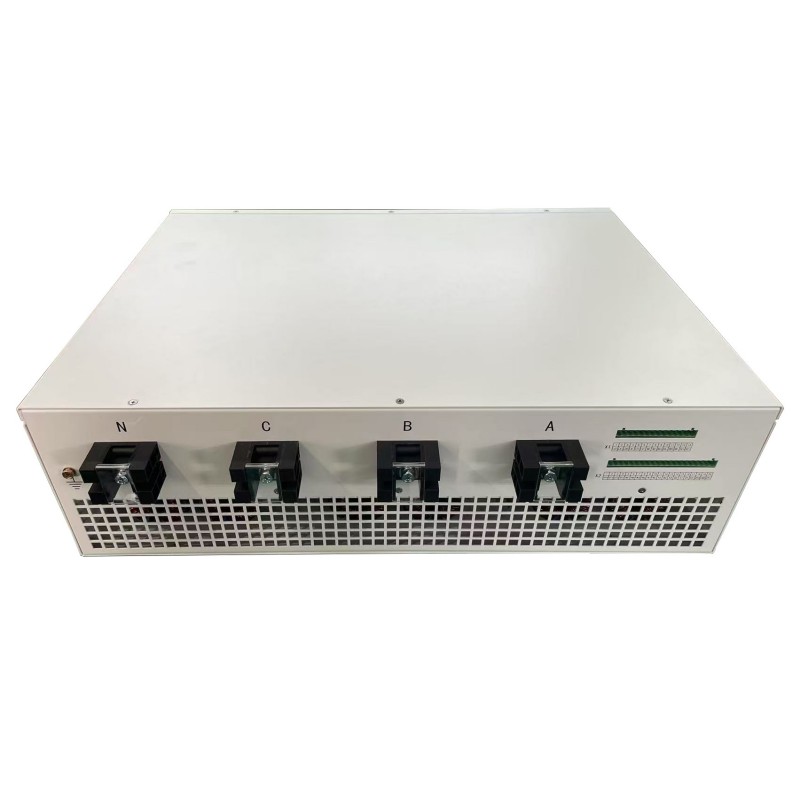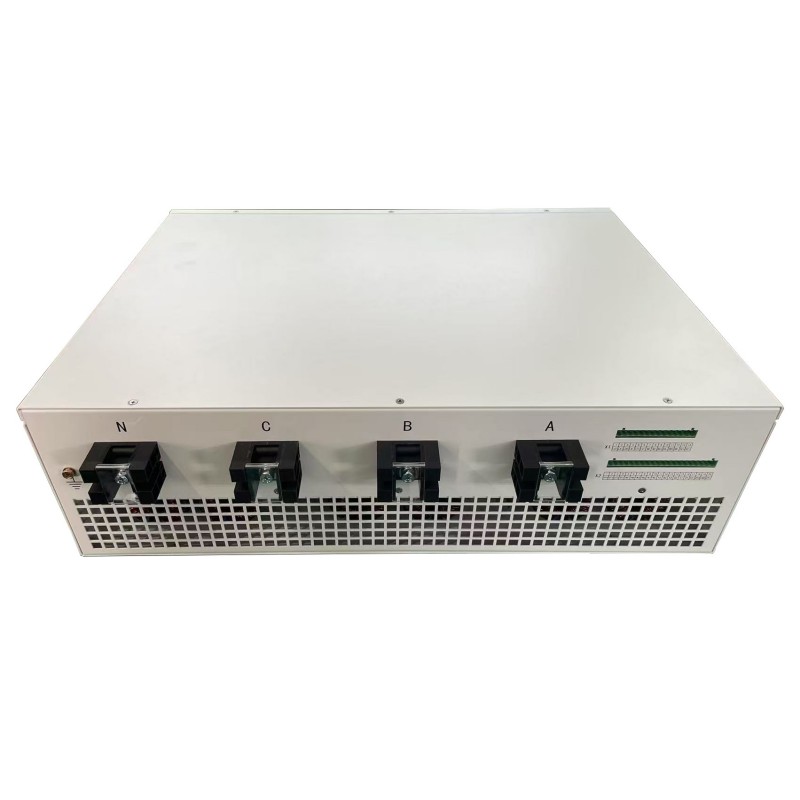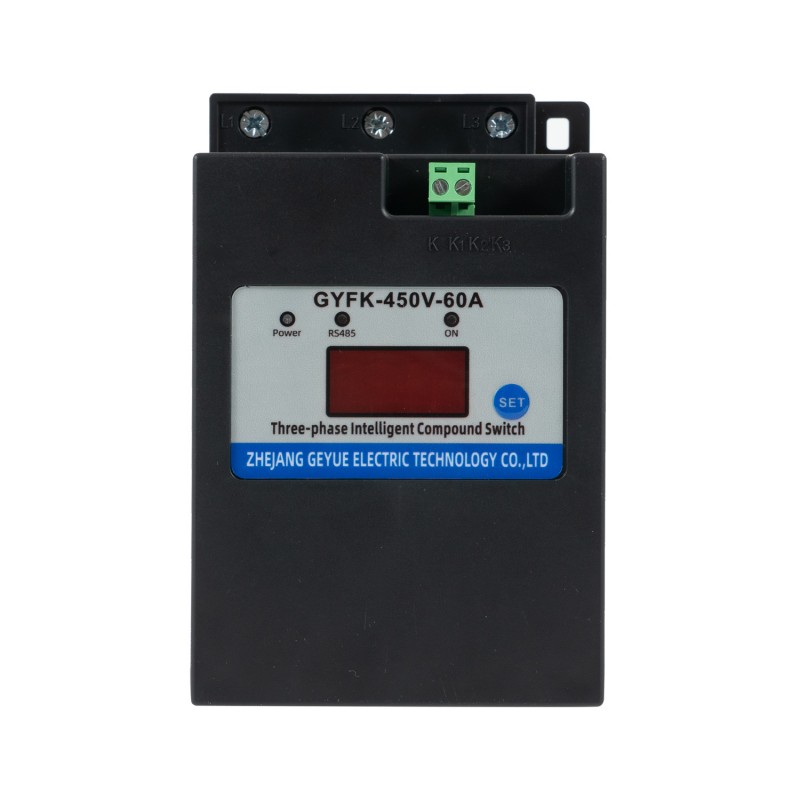How do We Determine the Optimal Location for Self-Healing Shunt Capacitors within a Complex Electrical Distribution Network?
In modern power systems, the more complex power distribution networks are prone to frequently encounter the problem of unbalanced reactive power. This not only leads to an increase in power loss but also reduces the stability of voltage and the efficiency of equipment. As a professional manufacturer in the field of low-voltage reactive power compensation, Geyue Electric has deeply recognized the crucial role of self-healing shunt capacitors in optimizing the performance of the power grid. However, many power system managers often are confronted with difficulties in choosing the location for installing self-healing shunt capacitors during the installation process. Especially when the self-healing shunt capacitors are installed in the wrong positions, the capacitors may not fully achieve their compensation effect, and even may cause system resonance or overload. In this article, the chief technical engineer of Geyue Electric will, from the perspective of practical application, explain how power system managers can scientifically determine the optimal installation location of self-healing shunt capacitors in complex power distribution networks.

Understand the Basic Principle of Reactive Power Compensation
The fundamental logic of low-voltage reactive power compensation lies in providing capacitive reactive power through self-healing shunt capacitors to counteract the reactive current generated by inductive loads, thereby improving the power factor of the entire power system, reducing line losses, and stabilizing voltage. In complex power distribution networks, uneven load distribution, changes in line impedance, and harmonic interference, among other unpredictable factors, can all affect the compensation effect of self-healing shunt capacitors. Therefore, power system managers must comprehensively consider network topology, load characteristics, and system impedance when determining the installation location of self-healing shunt capacitors. Ideally speaking, self-healing shunt capacitors should be installed near the locations where reactive power is consumed for local compensation, which eliminates the unnecessary line resistance losses and voltage drops caused by the long-distance flow of reactive current between the power source and the load. At the same time, power system managers also need to assess the harmonic levels in the power system to prevent resonance between the self-healing shunt capacitors and the grid inductance, which could lead to equipment damage or voltage distortion.
Analyze the Network Structure and Load Distribution
When determining the optimal installation location for self-healing shunt capacitors, qualified power system managers must first conduct a detailed analysis of the power distribution network, including identifying key load nodes, measuring the reactive power demand of each branch, and drawing a single-line diagram of the system. For example, in industrial environments, inductive equipment such as large motors and transformers tend to be concentrated in specific areas, which are usually the "hotspot" areas for reactive power. Through load flow calculations or simulation software simulations, power system managers can quantify the reactive power gap at each node and prioritize the installation of self-healing shunt capacitors at locations with larger reactive power gaps. In addition, power system managers also need to consider the dynamic changes of the power network, such as seasonal load fluctuations or the impact of production cycles, to ensure that the compensation plan has sufficient flexibility to cope with these dynamic changes. If there are harmonic sources in the power network, such as frequency converters or arc furnaces, the installation location of the self-healing shunt capacitors should be far away from the resonant frequency point. In necessary cases, self-healing shunt capacitors can be used in combination with reactors to resist harmonics and enhance the stability of the low-voltage reactive power compensation system.
Evaluate Technical factors and Economic Viability
In addition to the structure of the power network, the technical factors and economic aspects of the low-voltage reactive power compensation system are also important considerations for determining the optimal installation location of self-healing shunt capacitors. From a technical perspective, power system managers need to assess the rated voltage and current capacity of self-healing shunt capacitors, as well as the working environmental conditions, in order to ensure that these shunt capacitors can operate effectively in the preset environment without any issues. For instance, in high-temperature or dusty environments, self-healing shunt capacitors should be installed in well-ventilated locations to extend their own service life as much as possible. In terms of economy, power system managers need to conduct cost-benefit analyses in advance, including initial investment, operation and maintenance costs, and expected energy-saving benefits. Generally, the closer the installation location of self-healing shunt capacitors is to the load center, the more significant the compensation effect they can achieve and the higher the installation cost. Therefore, Geyue Electric suggests that power system managers adopt a hierarchical compensation strategy, that is, installing self-healing shunt capacitors at the transformer outlet, distribution branch points, and load ends to optimize and upgrade the entire compensation system configuration. In this way, power system managers can not only maximize the power factor but also reduce grid investment and improve energy utilization efficiency.
The Solutions and Professional Commitment of Geyue Electric
As a manufacturer that has been dedicated to the field of low-voltage reactive power compensation for over a decade, Geyue Electric is dedicated to providing customers with efficient and reliable reactive power compensation equipment and one-stop customized solutions. Geyue Electric's expertise lies in selecting the most suitable capacitor models for your specific network requirements and determining the most appropriate installation locations, thereby achieving the best results for low-voltage reactive power compensation.
In conclusion, determining the optimal installation location for self-healing shunt capacitors is a multi-dimensional decision-making process that requires a combination of theoretical analysis and on-site practice. Geyue Electric is willing to work together with all customers, through professional products and technical support, to jointly enhance the intelligence level of the power system and contribute to achieving green and efficient energy management. Our professional technical team is waiting for your inquiries at info@gyele.com.cn.
- What Exactly is the Boundary Between Static Compensation and Dynamic Compensation in the field of low-voltage reactive power compensation?
- Can Cylinder Self-healing Shunt Capacitor Become the Ideal Choice for Reactive Power Compensation in Power Systems?
- Can Three Phase Intelligent Low Voltage Compound Switch Achieve Technological Innovation in Reactive Power Compensation of Power Systems?
- Can AC contactors become key actuators in industrial automation control?
- Can Self-healing Shunt Capacitor Become a Key Support for Smart Grid Construction?
- How Can Multifunctional Meter Lead a New Revolution in Energy Management?

